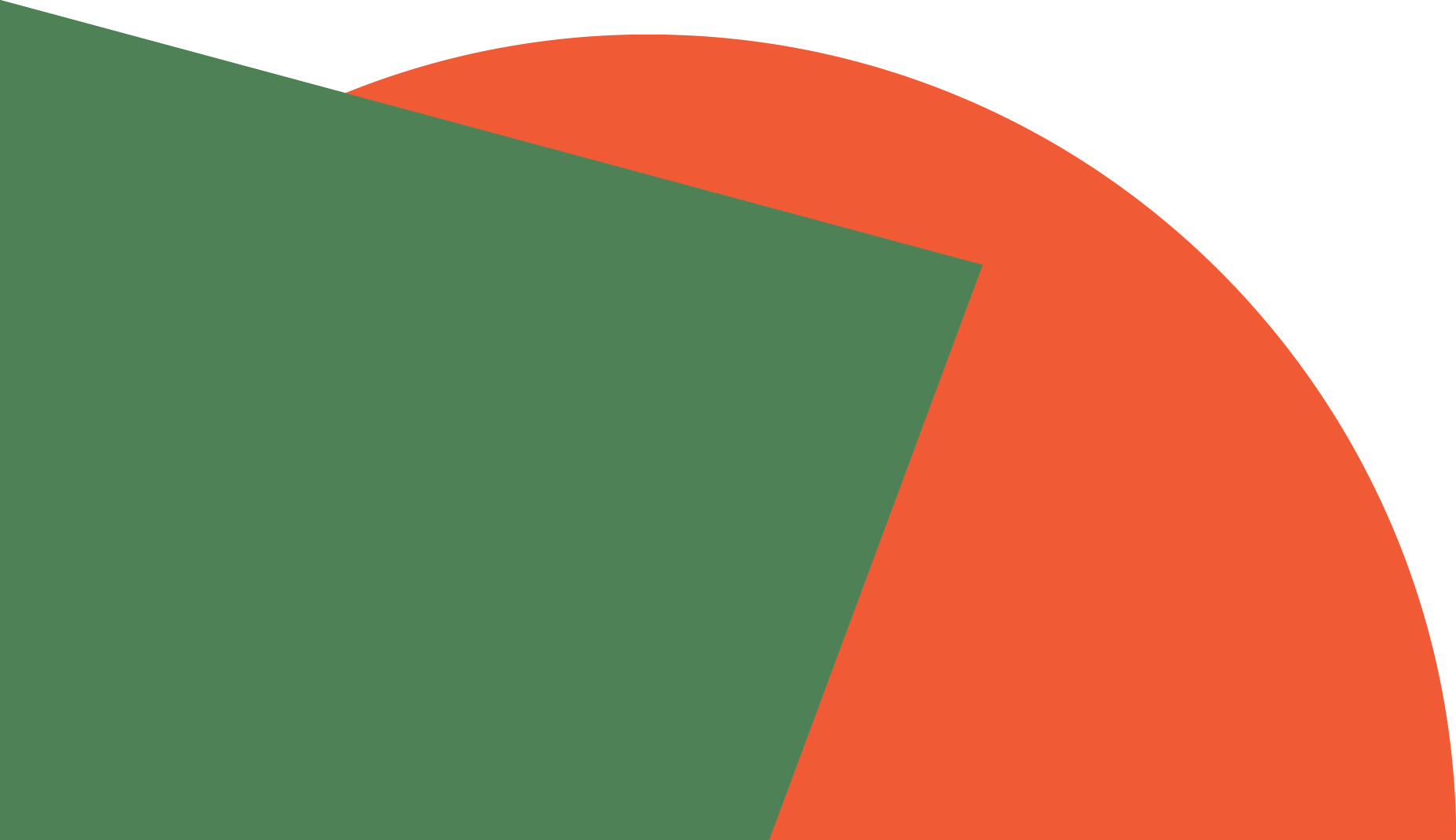
Students come to VSV from public, independent and Catholic schools when they need flexible learning options. They may be students who are:
- attending another school that does not offer the course they need
- professional sportspeople or performing artists
- experiencing physical or social-emotional health difficulties
- living in rural or remote areas
- travelling with family.
Located in Thornbury, VSV currently delivers almost 300 subjects. It will soon be the first school in the state to offer all VCE subjects to Victorian students, with the exception of VCE languages.
The school delivers the Victorian High-Ability Program, a key component of the Department of Education and Training’s Student Excellence Program to almost 50,000 high-performing state school students in Years 5 to 8.
VSV teachers are experts in their fields as well as in digital learning. Our learning programs are rigorously developed using best practice virtual learning techniques and user experience testing.
VSV is one of the largest state government schools in Victoria, with around 5500 students studying at the school annually.
Our History
Providing access and choice to students has always been a focus of VSV.
Our story started more than one hundred years ago. In 1909, the school was originally established to provide training for teachers who were unable to attend classes at Melbourne Teachers’ College. By 1911, 600 student-teachers were studying by correspondence.
Students first began using the services of the school in 1914, after an urgent letter to the Melbourne Teachers’ College from a mother in a remote area who wanted her two sons educated. A small group of six trainee teachers volunteered to design lessons for the boys. The students received work by mail every fortnight.
By 1922, the school taught 212 children, including four from the Northern Territory.
The school was formally named the Correspondence School in 1932 and started teaching both primary and secondary students. Short-wave broadcasts were introduced in 1953, making it possible for students and teachers to hear each other’s voices.
In the 1990s the Correspondence School had over 3000 students and a name change to Distance Education Centre Victoria. The name was not the only change that occurred, with courses now being taught through online classes and online collaboration. Wellbeing professionals were also introduced at the school to better support students.
In 2018, Distance Education Centre Victoria was renamed Virtual School Victoria (VSV) to better reflect its position as the leading F – 12 school specialising in virtual and face-to-face learning.
The Victorian Government’s $22.6 million investment in the Expanding the VCE in Rural and Regional Victoria Initiative will see the school further improve and expand virtual and blended learning opportunities for all students. By 2023, VSV will offer all VCE subjects to Victorian students.
In 2019, the Victorian Government announced that VSV would be delivering Australia’s first-ever Student Excellence Program which will extend high-performing students in Years 5 – 8 in state schools. The $60 million program will be delivered over four years.
Enrolments continue to grow, and around 5500 students now attend the school.